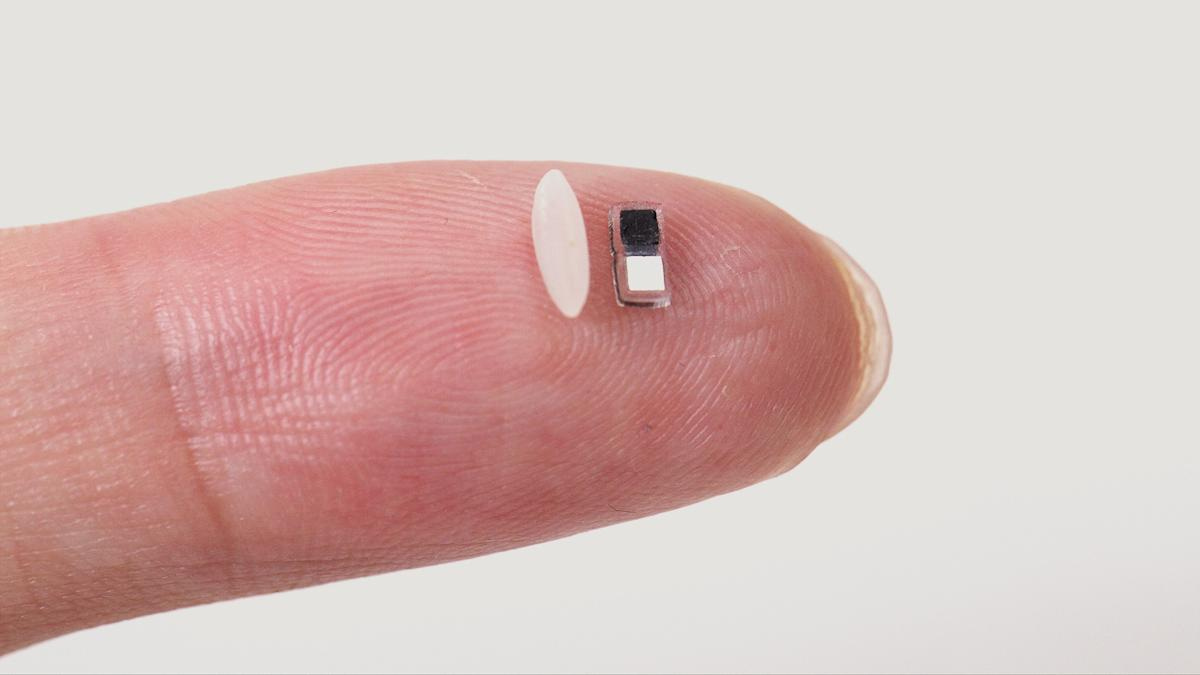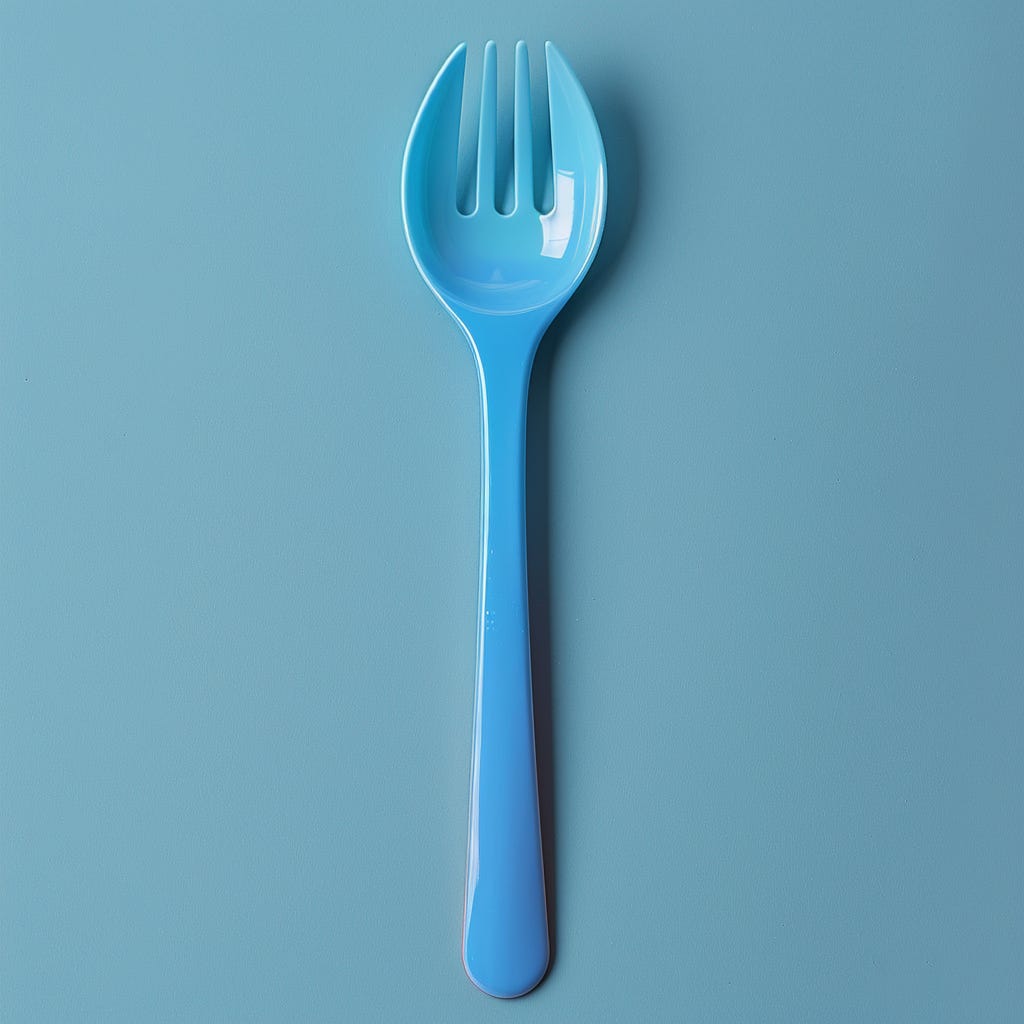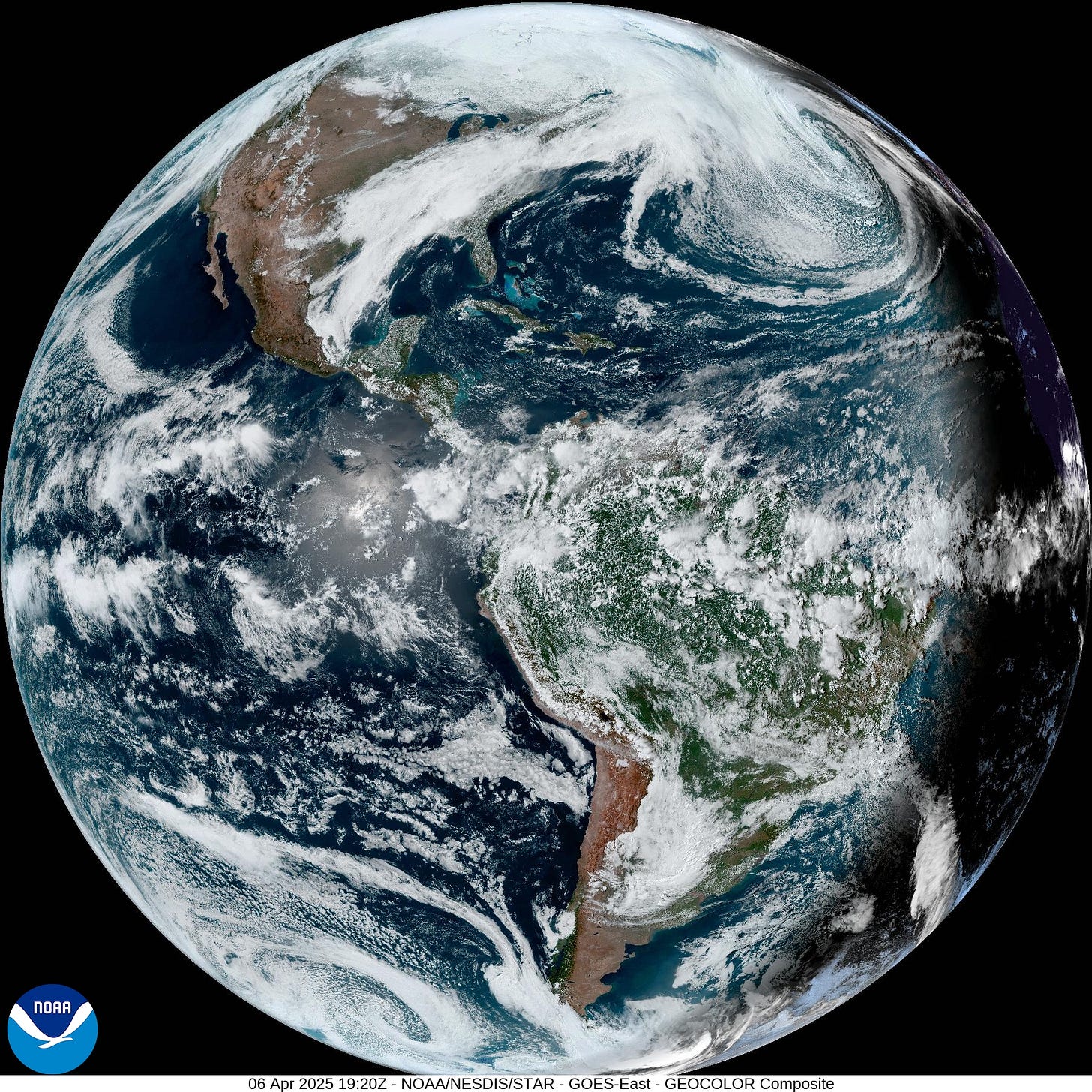Curious Mind Blowing Facts - 59
From a number game to Substack fame, From microplastics, to Saturday morning classics...
Can You Make 10?
16, 3, 2, 1.5
Use the four numbers above to make an equation that is equal to 10. You may use any operations. All 4 numbers must be used once. Answer at the end.
The year 2000, aka Y2K was a quarter century ago.
30% of my subscribers open my Substack newsletter (yours probably isn’t much different). And even when they do, they don’t stick around - research says they spend an average of 51 seconds reading it.
Let’s do the math: If my newsletter is 1,000 words and takes 8 minutes to read, the 30% who open it only get through about 12% - roughly 120 words. That means less than 4% of my total list is actually reading most of it. Ouch.
So, what to do?
Front-load the good stuff - you’ve got about 120 words to hook them.
Keep it tight, keep it punchy - no fluff, no rambling.
Make it easy to act - clear calls to action.
Give them a reason to stay - break up walls of text with pics, lists, and so on, news, insights, exclusive content, or perks.
Respect their time - get in, get out, leave them wanting more.
Coincidently between 2 and 4% of subscribers will pay for your content. Your mileage will vary. If your name is Bruce Springsteen with a newsletter - these numbers won’t apply to you, Boss.
Researchers developed a rice-sized, dissolvable pacemaker powered by light, eliminating the need for invasive removal surgery. Implanted via syringe, it’s ideal for infants with heart defects (who often need short-term support) and adults requiring temporary pacing.
Unlike current bulky, wire-dependent models (which risk infections and complications), this device uses light-activated tech and dissolves harmlessly. Future versions could deploy multiple synchronized units for advanced heart therapy. Breakthrough by Northwestern University, published in Nature.
Finger balancing a grain of rice next to tiny pacemaker for size comparison
***
George Harrison was infatuated with Formula 1 racing. https://archive.ph/xOW2I
Donald Trump wasn’t the first to use "Make America Great Again." Ronald Reagan’s 1980 campaign used the same slogan. Before becoming president, Reagan was a Hollywood actor, union leader, and California governor. His eight years in office left a lasting impact on the country and its politics.
Sea otters have a unique adaptation: loose pouches of skin under their forearms that function like pockets, which they use to store food and their favorite rocks for cracking open shellfish.
There is something unique about the color purple: Our brain makes it up. So you might just call purple a pigment of our imagination. https://www.snexplores.org/article/color-purple-exists-only-in-brain
***
Microplastics Are Everywhere
There is a recent study that estimated that the average human brain contains enough microplastics to form a whole spoon if combined.
Facts:
They've been found in:
Mount Everest snow
Mariana Trench creatures
Human placentas
Clouds
Beer
And even polar bear poop
What we know:
-Microplastics are in us.
-They cause harm in animals.
In mice, microplastics can mess with the brain, gut, and immune system. They trigger inflammation and oxidative stress. Bad combo.
-Some are tiny enough to cross the blood-brain barrier.
That’s the brain’s main defense system. Not something you want pierced.
What we don’t know:
-Clear proof of long-term effects in humans.
-How much exposure is dangerous.
-Whether certain plastics or particle sizes are worse.
What we can do:
Ditch plastic water bottles.
Use stainless steel or glass. Bottled water has way more microplastics than tap.Use a good water filter.
Look for one that removes microplastics (like a reverse osmosis or nanofiltration system).Don’t microwave food in plastic.
Heat makes plastic shed more particles. Use glass or ceramic.Skip plastic tea bags.
Use loose leaf tea with a metal strainer. Some tea bags release billions of particles.Eat fewer processed and packaged foods.
Especially stuff wrapped in soft plastic.Avoid nonstick pans with damaged coatings.
Scratched Teflon = plastic bits in your eggs. Go stainless or cast iron.Watch your clothes.
Synthetics (like polyester) shed plastic fibers in the wash. Wash cold, use a fiber-catching laundry bag, or wear more natural fabrics like cotton.Dust and vacuum often.
Household dust is full of plastic particles. Keep it clean.Don’t chew on plastic pens.
(Yes, this one’s personal. We all have our habits.)
Chipotle buys about 5% of all avocados in the United States, which is worth $150m+ a year. That's equivalent to 132 million pounds across 3,700 stores. Here are some more extraordinary purchasing facts:
1. McDonald’s
Buys over 1 billion pounds of beef per year.
Also one of the largest buyers of potatoes in the U.S.
2. Starbucks
One of the largest purchasers of dairy in the U.S.
Estimates say over 100 million gallons of milk a year.
3. Subway
Buys more fresh vegetables than most grocery chains.
Major buyer of lettuce, tomatoes, cucumbers, and onions.
4. Walmart
Sells more bananas than any other item.
Billions of bananas a year.
5. Costco
Sells over 100 million rotisserie chickens a year.
That’s nearly 2 chickens per American Costco member.
6. Domino’s
Uses over 400 million pounds of cheese a year.
Mostly mozzarella.
Not an ad - Saturday morning classical music recommendation from:
Check his newsletter!
Rachmaninoff Romance for 6 hands:
In the 19th and early 20th centuries, the U.S. was home to hundreds of piano makers. There are only 3 left in America today - Mason & Hamlin, Steinway, and Charles R. Walter - that produce significant quantities any more.
Steinway & Sons: Steinway produces approximately 2,600 to 4,000 pianos annually, depending on the source. This includes their handcrafted pianos made in the U.S. and Germany.
Mason & Hamlin: Mason & Hamlin limits its production to 50 upright pianos and 300 grand pianos annually, emphasizing quality over quantity.
Charles R. Walter: Charles R. Walter manufactures fewer than 2,000 pianos annually, with production focused on handcrafted instruments.
Free pianos? https://pau1.substack.com/p/curious-mind-blowing-facts-35
Silica gel packs can adsorb up to 40% of their weight in moisture.
High Definition Photos of the Earth taken every 10 minutes. Amazing, no?
https://www.star.nesdis.noaa.gov/goes/fulldisk.php?sat=G16
Most Desirable Jobs
Pilot continues to be the world’s biggest dream job for yet another year, with over 432,300 global annual searches.
Up 17 positions from 2022 and into second place is an attorney; two other legal careers also appear in the top 10 list, including prosecutor (8th) and a judge (10th).
Medical professions take up a large portion of the dream jobs list; pharmacist is fourth, followed by a nurse, physical therapist and midwife.
Becoming a YouTuber is also on the minds of thousands, despite being 13th on the top 20 dream jobs list, it claims the most-searched career position in England, Scotland, Singapore, and Indonesia.
Ever wonder why the U.S. still talks about Fahrenheit while the rest of the world moved on? Fahrenheit showed up first in the early 1700s. Celsius came along a couple decades later.
Minus 40° is the only point where both Fahrenheit and Celsius agree. Fahrenheit gives you smaller steps between temps, so it feels more precise. But Celsius is way easier to understand—0° is freezing, 100° is boiling. Clean and simple. It’s why science and most of the world use it. Meanwhile, the U.S. is still holding onto Fahrenheit like it’s an 8-track cassette.
A quick way to convert: Just double the Celsius number and add 30. Not perfect, but good enough to figure out if you need a coat or not.
(Example: 20°C = 70°F).
The German word "Eierschalensollbruchstellenverursacher" translates to "Eggshell predetermined breaking point creator" in English. It refers to a quirky kitchen tool designed to neatly crack open boiled eggs by creating a precise break in the eggshell.
The word itself is a humorous example of German compound nouns, which can be incredibly long and descriptive. It's often cited as a playful exaggeration of Germany's ability to create highly specific words. While the tool is practical, its name has gained notoriety for its complexity and charm.
Bozo the Clown was a kids’ TV favorite in the 1950s and ’60s. Different cities had different actors playing him. In Washington, D.C., it was Willard Scott—who later became a weatherman for NBC.
When that Bozo show ended in 1963, McDonald’s - one of its sponsors - decided to create their own clown.
They called him Ronald McDonald. They hired Scott again, and he starred in a bunch of national ads.
But by the 2010’s, clowns weren’t so fun anymore. People started finding them creepy. So Ronald quietly stepped back, and McDonald’s leaned into someone safer: Grimace—the big, purple blob no one really understands.
So... are you afraid of clowns?
Number Puzzle Answer:
16 - 3 - (2*1.5)
Chuck Norris got the answer before I had the question!
Thanks for reading. Love your comments and all!














I'm bad with numbers so am taking a pass on early morning number puzzles🤣 Thanks for the interesting Substack info. I am always drawn to both read and write shorter pieces. Sometimes I feel like it makes me a lame writer but I'm being realistic.
The plastics situation is huge, difficult, and sad. One example that has been in my face is I love berries and it's berry season so I eat a lot. Because the berries in BC are not ready yet this means I am buying these horrible plastic containers much more often than I like. Sure, I recycle them but the fact that they exist is disturbing. This coming from a hypocrite who now goes to buy more berries....sheesh. For the record I try to avoid those containers as soon as there are local berries but still.
Thanks for the great info Paul.
Yes! I made 10 in 20 seconds or so, surprising myself....
I did it differently:
16 X 1.5 = 24
24/3 = 8
8 + 2 = 10